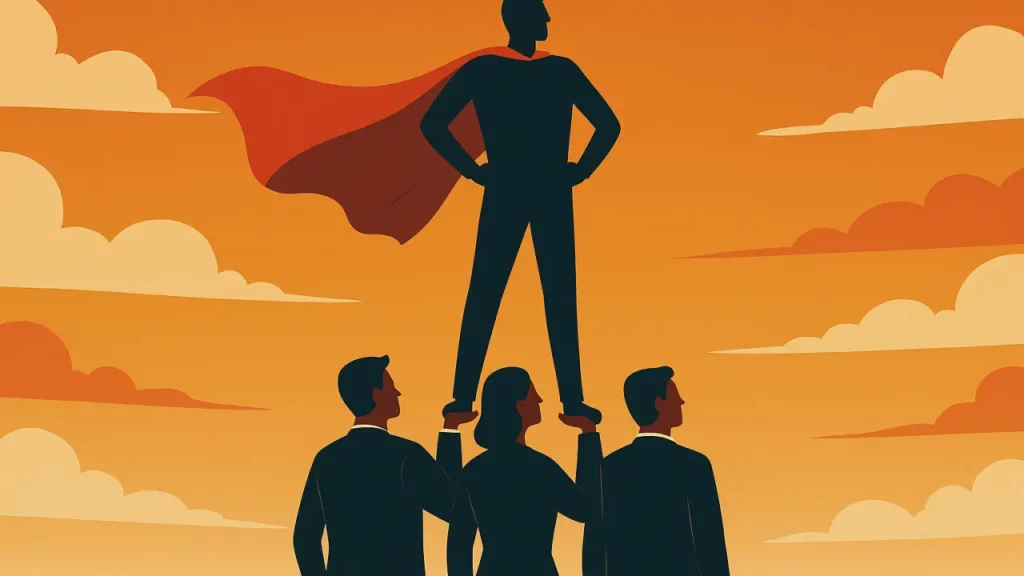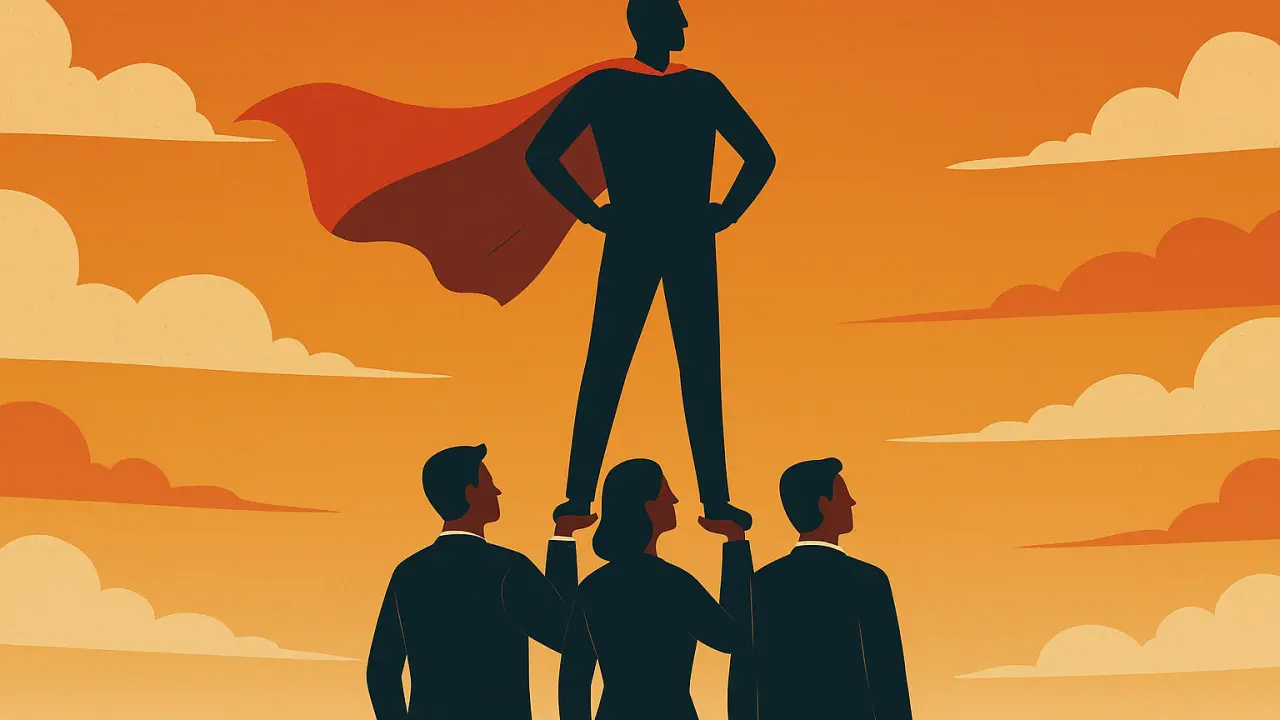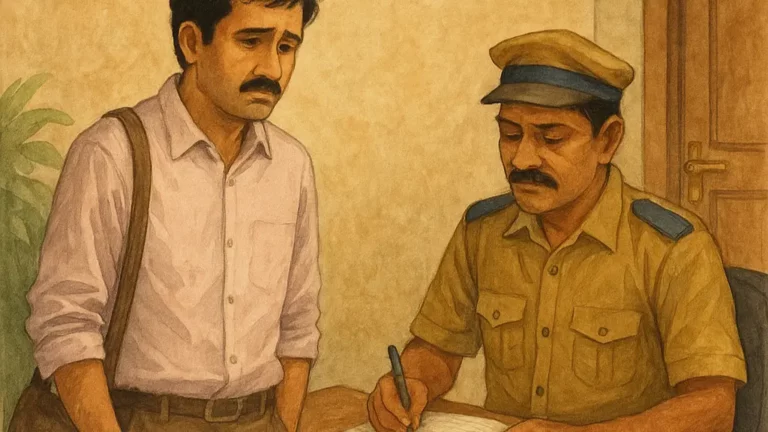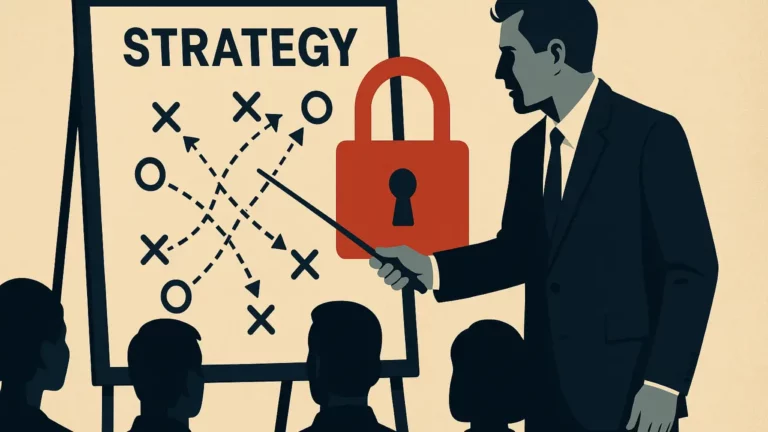The Myth of Leaders as Superheroes


In management research, there’s a concept called organizational imprinting, the idea that choices made at one point in time leave behind patterns that shape an organization long after those who made them have moved on. The founder’s strategy, a past leader’s hiring philosophy, a system built years ago — they all continue to echo in how a company behaves and performs today.
Yet, in practice, we rarely think this way. Every time a new leader arrives, in business, government, or public life, we tell ourselves a familiar story: this is a fresh start. The new leader will fix what was broken, transform what was stagnant, and usher in a “new era.” Out goes the old guard; in comes the hero!
Continuity in Disguise
But reality is far less cinematic. Most strategies don’t truly restart; they evolve. What looks like transformation is often continuity in new packaging. The new leader might reword the strategy (“customer delight” becomes “customer obsession”), introduce new energy, or shuffle some roles, but the deeper direction, systems, and culture tend to remain the same.
More importantly, most results we attribute to leaders are time-delayed. The successes we celebrate today often stem from investments, partnerships, or bets placed years earlier. And the failures we condemn may be inherited; products launched, debts taken, or market shifts that began before the current leader even had their chair rolled in.
The Overstatement of Leadership
We like to overstate the power of individual leaders because it makes the story cleaner. It’s far easier to say, “She turned the company around,” than to describe the dozens of teams, systems, and quiet professionals who kept the engines running, refined the product, or dealt with unhappy customers while leadership transitions played out.
The truth is, leadership is rarely about one person. It’s about the collective momentum of teams — the vice presidents, the plant heads, the regional managers, the engineers — who continue doing what they’ve always done, with or without a new banner overhead.
When True Transformation Happens
Of course, there aretimes when new leadership truly shifts the arc, especially when performance has been poor or the organization is in crisis. A bold decision, a cultural reset, or a complete rethinking of priorities can make a dramatic difference. But even then, unless the previous leader was a total charlatan or the institution was on the brink of collapse, the situation is usually more complex than “bad leader, good leader.”
External factors — market cycles, regulation, technology, sentiment — often play a bigger role than we acknowledge.
So, this isn’t about underestimating leadership. Leadership matters immensely. It provides direction, coherence, energy, and a sense of purpose. But a leader is not leadership. Leadership is distributed: it lives in the culture, in middle management, in the everyday decisions of people who interpret and implement strategy long after the applause has faded.
From Ownership to Stewardship
What would be a healthier way to see it?
Perhaps to view leadership as stewardship rather than ownership. To see each leader as a custodian of momentum, inheriting, shaping, and passing it on. To credit what came before, strengthen what exists, and leave behind something a little more resilient for those who’ll follow.
Even Satya Nadella, when asked by CNBC’s Jon Fortt in 2018 about his success in turning around Microsoft in just four years, responded with characteristic humility:
“It’s been a fantastic ride. What’s been humbling for me… I don’t get confused. This is all because of the platform I have been given
— it’s Microsoft and the work that we do.”
It’s a reminder that great leaders don’t see themselves as the story; they see themselves as part of a larger system that enables others to do their best work.
Because progress is rarely the story of a single superhero who swoops in to save the day. It’s the story of many people, over many years, building something that lasts beyond any one of them. The world doesn’t reset when a new name appears on the door, it just keeps moving, carried forward by everyone who chooses to keep building.






Responses